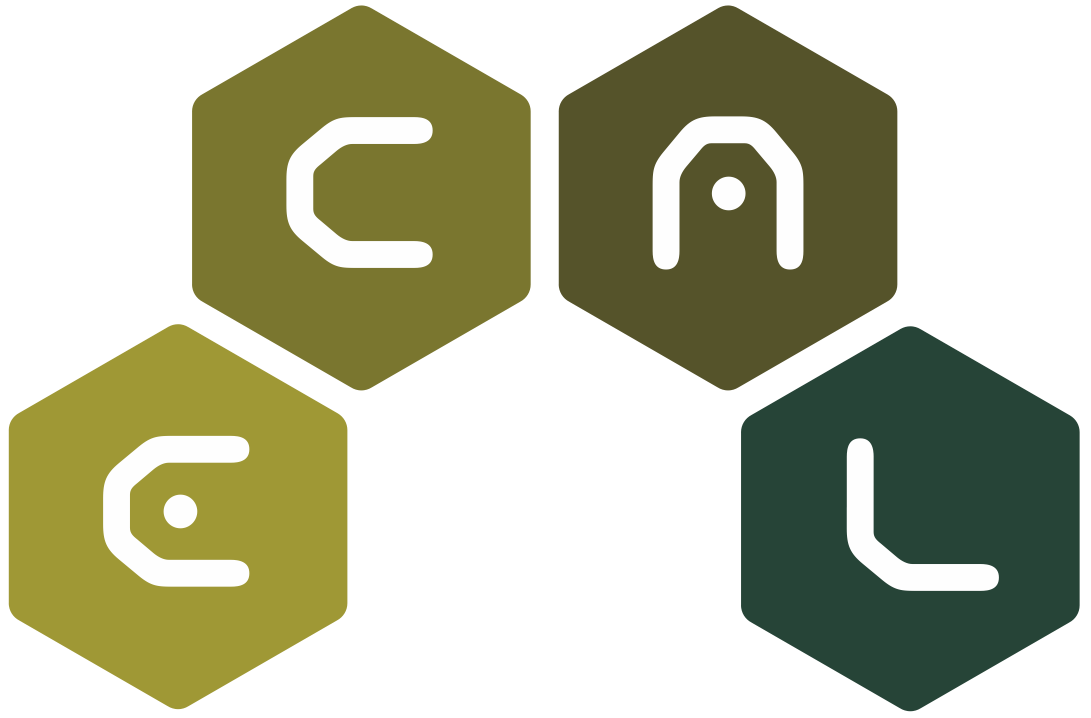Title
Simpson’s Paradox, Cooperation and Individuality in Bacterial Biofilms

Simpson’s Paradox, Cooperation and Individuality in Bacterial Biofilms
Download via this paper's page on the MIT Press ECAL 2015 Proceedings website.
Bacteria often live in group structures known as biofilms within which they commonly display co-operative behaviours, such as the production of public goods (Ghannoum & O’Toole 2004, Crespi 2001, West et al. 2007). Noncooperative cheats arise commonly in biofilms (de Vos et al. 2001, Schaber et al. 2004), but despite what theory might predict, (Hardin 1968, Rankin et al. 2007), co-operation does not seem to be disrupted. The stability of these behaviours requires explanation and could cast light on the evolution of multi-cellularity experimentally (e.g. Rainey & Rainey 2003, Griffin et al. 2004, Kreft 2004, Buckling et al. 2007). Theory tells us that repeated aggregation into local groups, interleaved with dispersal and remixing, can increase the level of cooperation in a population despite a selective disadvantage to cooperating within any group (Wilson 1980). This increase in global proportion of co-operators despite a decrease in all local proportions, caused by the differential growth of groups, is known as Simpson’s paradox (Simpson 1951). Given the microcolony (small sub-group) formation and dispersal behaviour observed in natural biofilms, it has been suggested that Simpson’s paradox may explain bacterial cooperation; but although it has been demonstrated in artificially constructed groups, it has not yet been demonstrated in a natural population (Chuang et al. 2009). Using the production of siderophores in Pseudomonas aeruginosa as a model system for co-operation (Varma & Chincholker 2007), we measured the change frequency of co-operator and siderophore-deficient cheat strains in-situ within microcolony structures over time. We detected significant within-type negative densitydependent effects which vary over microcolony development. The growth of types was self-limiting at different times: Cheat growth was negatively correlated with the proportion cheats during early stages of microcolony development, with wildtype growth negatively correlated with wild-type biomass later. However, we found no evidence of Simpson’s paradox (Penn et al. 2012). Instead we saw clear within-microcolony spatial structure (cheats occupying the interior portions of microcolonies) that may violate the assumption required for Simpson’s paradox that group members share equally in the public good. In fact, it seems that the extent of the group over which the public good is being shared is a dynamic entity. This group, which will be defined by a lower threshold siderophore concentration for effective iron chelation, codevelops with the biofilm as the result of an interaction between population dynamics and the react-diffusion processes within it. This has interesting consequences for understanding co-operation within biofilms as well as major transitions, as the group may potentially be influenced by the bacteria themselves in order to change the context of selection and promote within-microcolony “individuality”. I will discuss our observations and continuing work, both experimental and in simulation, in the broader context of a theoretical framework that suggests how factors which affect population structure, higher-level individuality and cooperative behaviour may co-evolve.